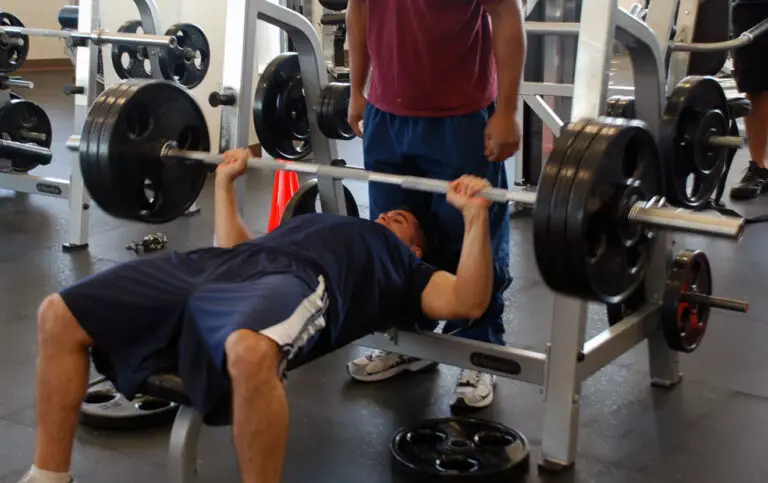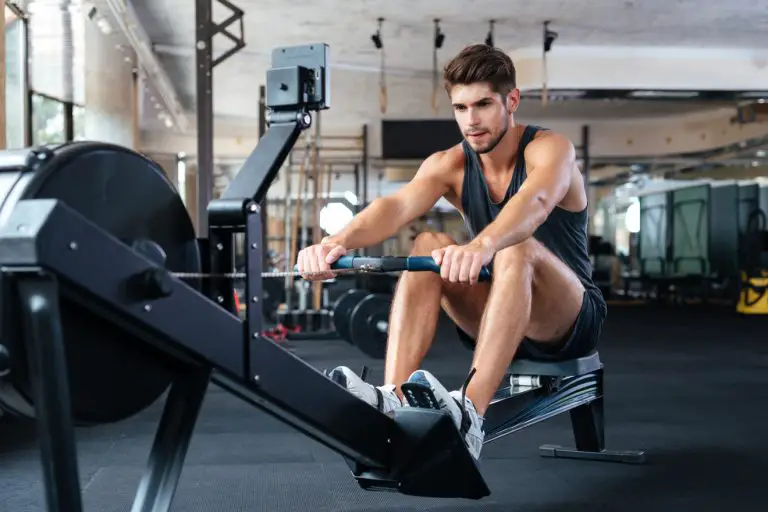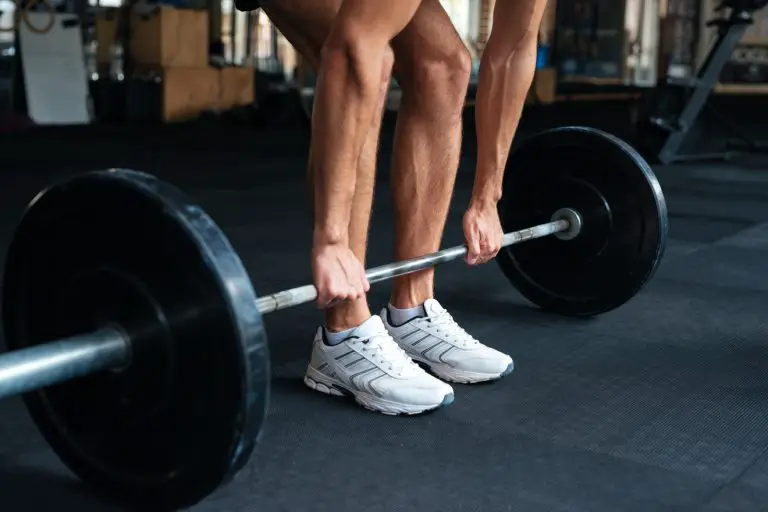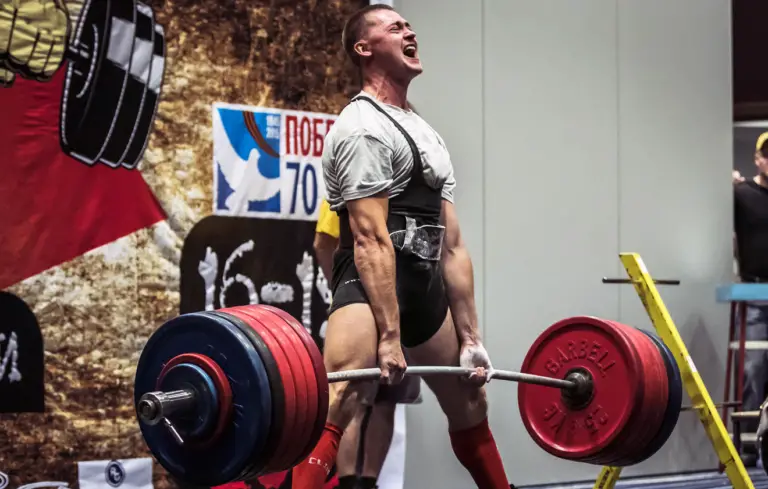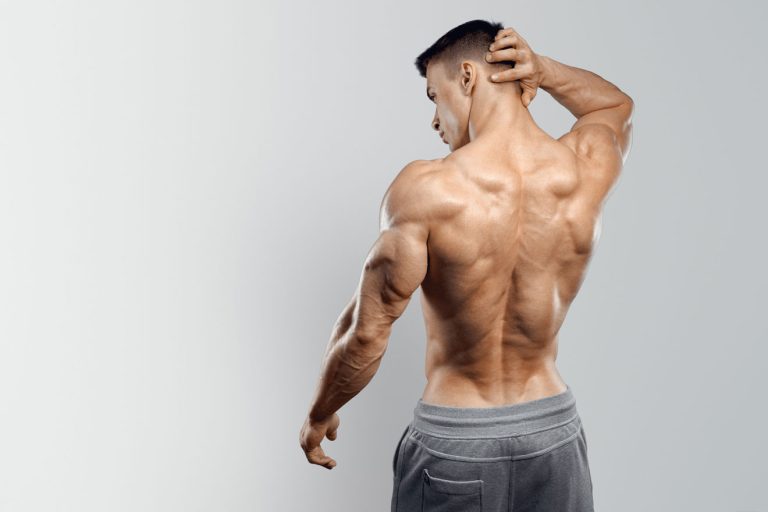Choose one or do both? How to balance cardio and weight training
Key takeaways
- Balancing cardio and weight training, not choosing one over the other, can give you great fitness results.
- Recovery is just as important in achieving your fitness goals. Avoid overtraining as this will stall your progress.
- If your goal is to build muscle, focus more on weight training, but incorporate cardio to prevent excessive fat formation.
- If your goal is fat loss, maximize calorie burn with cardio while preserving muscle mass with weight training.
The dilemma
When it comes to achieving the ultimate level of fitness, most people know that both cardio and weight training are essential elements. However, many gym-goers struggle to find the right balance between the two. Should you focus more on cardio to burn fat, or should weight training be your priority for building muscle? The answer lies in understanding how to strike the perfect balance to maximize fat loss, muscle growth, and overall fitness.
In this article, we’ll explore how you can effectively combine cardio and weight training to achieve your fitness goals.
Cardio: the traditional way to lose fat
Cardio, or cardiovascular exercise, is often linked to fat loss. The purpose of cardio is to elevate your heart rate, improve cardiovascular health, and burn calories. Exercises such as running, cycling, swimming, and high-intensity interval training (HIIT) are all popular forms of cardio that can help increase your heart rate and metabolism, making it easier to burn fat.
In terms of fat loss, cardio is particularly effective because it helps create a calorie deficit—a critical factor in losing weight. When you burn more calories than you consume, your body begins to tap into stored fat as an energy source, leading to fat loss over time.
However, while cardio is effective for burning calories during your workout, the effects typically don’t extend beyond the session. For those looking to maximize fat loss and improve overall fitness, incorporating weight training alongside cardio can be a game-changer.
Weight training contributes to long term fat loss
Weight training, also known as resistance or strength training, involves exercises that challenge your muscles using weights, resistance bands, or bodyweight. Its primary goal is to build strength, muscle mass, and improve bone density.
What many people don’t realize is that weight training also plays a significant role in fat loss. Unlike cardio, weight training helps build lean muscle mass, which increases your resting metabolic rate (RMR). This means that the more muscle you have, the more calories your body burns at rest—even when you’re not working out. So, while cardio burns more calories during the actual workout, weight training contributes to long-term fat loss by increasing your metabolism.
Moreover, weight training helps sculpt your physique by adding muscle definition, creating the lean, toned look many people desire when working on their fitness. This is especially important because, without muscle growth, fat loss can lead to a “skinny fat” appearance where the body lacks muscle tone despite lower fat levels.
Why balancing cardio and weight training is key
The best approach to fitness is to combine both cardio and weight training in a well-rounded program. Focusing too much on one over the other can lead to imbalanced results.
- Focusing solely on cardio: While cardio burns calories, it doesn’t build muscle. If you rely solely on cardio for fat loss, you may lose weight, but your body composition may not change in the way you want it to. You risk losing muscle mass along with fat, which can lead to a weaker, less toned appearance. Plus, relying on cardio alone can lead to muscle breakdown, especially if you’re not eating enough protein.
- Focusing solely on weight training: On the other hand, only focusing on weight training can also have its drawbacks, especially if your primary goal is fat loss. Without incorporating some form of cardiovascular activity, your body may not burn calories at a high enough rate to create the calorie deficit needed for fat loss. While weight training will increase muscle mass and metabolism, it’s essential to include some cardio to optimize fat burning.
The key to finding the perfect balance is to align your workout program with your goals. If fat loss is your main objective, focus on cardio and strategically adding weight training. If muscle building is your top priority, prioritize weight training but still include cardio to maintain heart health and prevent fat accumulation.
How to balance cardio and weight training for your goals
The best way to balance cardio and weight training depends on your specific fitness goals. Here are three common goals and how you can structure your workouts accordingly:
1. Fat Loss
For those looking to lose fat, the goal is to maximize calorie burn while preserving lean muscle mass.
- Frequency: Incorporate 3-4 weight training sessions per week, focusing on full-body or compound movements (like squats, deadlifts, and presses) that target multiple muscle groups. This will help you build and maintain muscle while burning calories.
- Cardio Strategy: Add 2-3 days of cardio, either steady-state or HIIT, depending on your preference. HIIT is particularly effective for fat loss due to the afterburn effect (EPOC), where your body continues to burn calories even after the workout is over.
- Order of Workouts: To optimize fat loss, it’s often recommended to perform weight training before cardio. Lifting weights first helps deplete glycogen stores in your muscles, allowing your body to tap into fat for energy during your cardio session.
2. Muscle Gain
If building muscle is your primary goal, weight training should be your main focus. However, cardio is still essential for maintaining cardiovascular health and preventing excessive fat gain during muscle-building phases.
- Frequency: Aim for 4-5 weight training sessions per week, focusing on different muscle groups to allow adequate recovery. Lift heavy with lower reps (6-8 reps) to promote muscle hypertrophy.
- Cardio strategy: Include 1-2 days of light cardio or active recovery to avoid excessive calorie expenditure that could hinder muscle growth. Steady-state cardio is a good option since it won’t interfere with recovery or muscle-building goals.
3. General fitness and endurance
If your goal is to improve overall fitness, endurance, and maintain a lean physique, you’ll want to maintain a balance between cardio and weight training to promote both cardiovascular health and muscle growth.
- Frequency: Perform 3-4 days of weight training combined with 2-3 days of cardio. For a well-rounded approach, incorporate both HIIT and steady-state cardio into your routine.
- Cardio Strategy: HIIT can improve endurance and boost fat loss, while steady-state cardio builds aerobic capacity. Alternating between these two types of cardio will enhance both endurance and fat-burning potential.
Don’t just focus on cardio and weight training
Balancing cardio and weight training is only effective if you prioritize recovery. Overtraining, especially if you’re doing too much cardio on top of weight training, can lead to fatigue, injury, and stalled progress. Ensure you take at least one rest day per week, and incorporate stretching or yoga to improve mobility and recovery.
Nutrition also plays a crucial role in striking the right balance. To fuel your workouts and recover properly, focus on a diet rich in lean proteins, healthy fats, and complex carbohydrates. Adjust your calorie intake based on whether your goal is fat loss, muscle gain, or maintenance.
Ultimate fitness comes from a holistic program
The most effective way to achieve ultimate fitness is by striking a balance between cardio and weight training that suits your individual goals. By combining the fat-burning benefits of cardio with the muscle-building power of resistance training, you’ll create a well-rounded program that delivers long-term results.
Remember, consistency and recovery are just as important as finding the perfect cardio-to-weight training ratio. Stick to your plan, fuel your body with proper nutrition, and you’ll see improvements in both your physique and performance.
Written with the assistance of AI. Reviewed and edited by Marielle Livelo.


